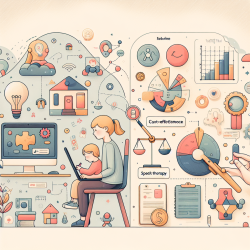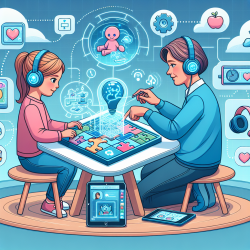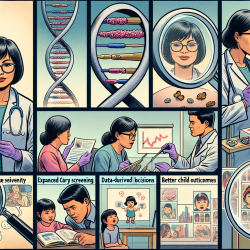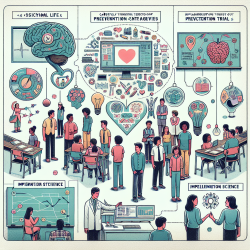Communication is a fundamental human need, and the inability to communicate verbally due to conditions such as aphasia can be deeply frustrating for patients and challenging for therapists. The research paper "Blissymbols: An Alternate System of Communication for the Non-Verbal Adult Aphasic Patient" by M.J. Saya presents a compelling case for the use of Blissymbols as an alternative communication system for non-verbal adult aphasic patients. This blog aims to distill the essence of Saya's research to help practitioners enhance their skills in treating non-verbal aphasic patients or inspire further research in this innovative communication method.
Blissymbols are a system of communication that combines printed words with universally recognized symbols to form a complete visual language. Developed by Charles K. Bliss in 1949, this system was designed to provide a means of communication for individuals who are unable to speak due to various conditions, including aphasia. Saya's study focused on the application of Blissymbols to a group of ten non-verbal aphasic patients who had not shown significant improvement with conventional speech therapy.
The study's findings offer valuable insights:
- Patients who were younger and had suffered their cerebral vascular accident (CVA) more than two years prior showed a greater ability to learn and use Blissymbols effectively.
- Successful Blissymbol users displayed better scores on visual subtests, indicating that certain cognitive and visual skills may predict success with this system.
- Despite learning the system, many patients did not utilize Blissymbols functionally in their own environments, suggesting the need for further research into how to encourage functional use.
For practitioners, these insights underline the importance of considering patient-specific factors such as age, time since CVA, and visual-cognitive abilities when introducing Blissymbols as a communication method. The research also highlights the need for strategies to integrate Blissymbols into patients' daily lives, ensuring the system is not just learned but used functionally.
Encouragingly, Saya's research points to the potential of Blissymbols to bridge communication gaps for non-verbal aphasic patients, offering them a new avenue for expression. However, the study also calls for further research to explore how best to implement and support the use of Blissymbols in therapy and daily life.
As a practitioner, engaging with this research and considering how Blissymbols could be integrated into your therapeutic approach can open new doors for your patients. Whether by directly applying the findings of Saya's study or by conducting further research into this promising communication system, there is a significant opportunity to make a meaningful impact on the lives of non-verbal aphasic patients.
To read the original research paper, please follow this link: Blissymbols: An Alternate System of Communication for the Non-Verbal Adult Aphasic Patient.










